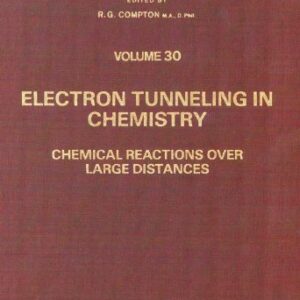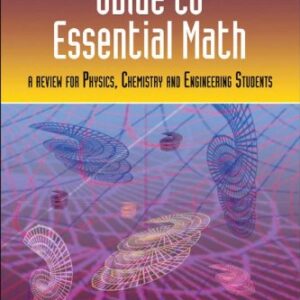This text provides the graduate student with a systematic guide to unravelling structural information from the NMR spectra of unknown synthetic and natural compounds.
A brief introduction gives an overview of the basic principles and elementary instrumental methods of NMR. This is followed by instructional strategy and tactical advice on how to translate spectra into meaningful structural information. The book provides the student with 55 sets of spectra of graduated complexity. These are designed to challenge the student’s problem-solving abilities by the introduction of new concepts with each group of problems, followed by possible solutions and full explanations. A formula index of solutions is provided at the end of the text.
This third edition, following on from the second (a reprint of the first edition with corrections), presents significant new material. Thus, actual methods of two-dimensional NMR such as some inverse techniques of heteronuclear shift correlation, as well as the detection of proton-proton connectivities and nuclear Overhauser effects are included. To demonstrate the applications of these methods, new problems have replaced those of previous editions.
Content:
Chapter 1 Short Introduction to Basic Principles and Methods (pages 1?10):
Chapter 2 Recognition of Structural Fragments by NMR (pages 11?68):
Chapter 3 Problems (pages 69?179):
Chapter 4 Solutions To Problems (pages 180?249):

![[PDF] Structure Elucidation by NMR in Organic Chemistry: A Practical Guide, Third revised edition Eberhard Breitmaier(auth.)](https://pdfelite.com/wp-content/uploads/2024/04/e41e6ef446471f660994bdc644713d55-g.jpg)




Reviews
There are no reviews yet.